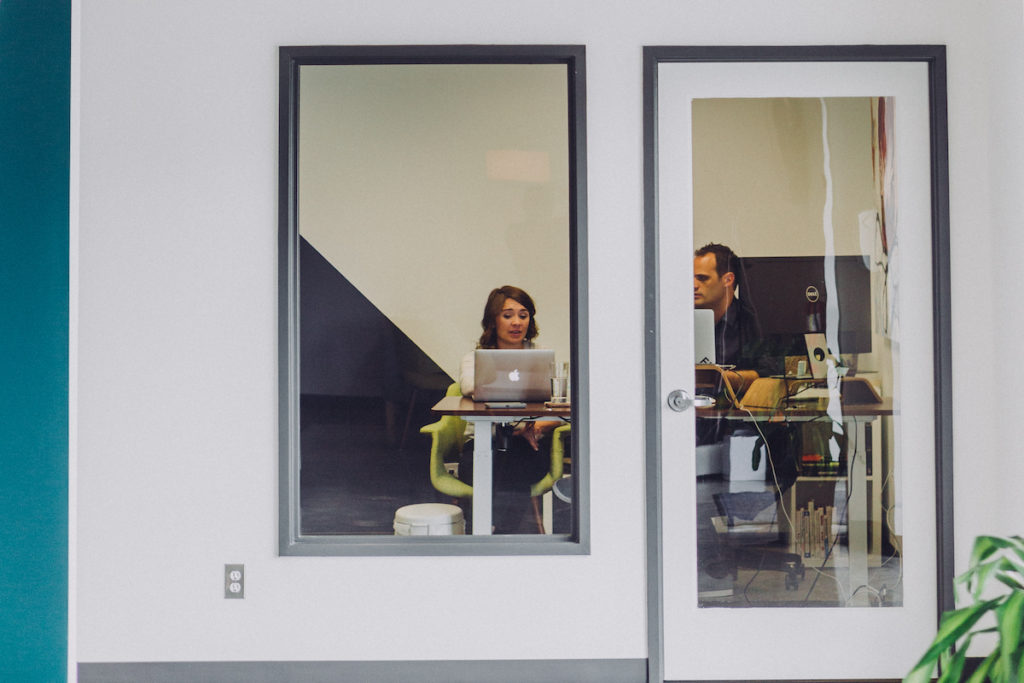How retail brands should adapt to changing consumer behavior
Everyone knows it: the Corona virus is changing the shape of the world. Not only private lives are affected by the health crisis and stern government measures, businesses are also deeply impacted. Customer behavior is changing, most likely beyond the short term, something that will fundamentally change how we all do business in the future.

So, in a world of confinement and teleworking, how should retailers, service providers and e-commerce companies adapt to be able to cope to this new reality?
‘East, West, Home is Best’ got a whole new meaning
The emergency sanctions imposed in most countries call for people to stay and work from home and limit their outings as much as possible. Some countries even introduced fines for non-compliance with these new rules. The way we consume, shop, work, exercise, and entertain ourselves has dramatically changed in a short span of time. It is not possible to work, consume, socialize or entertain oneself without a solid Wi-Fi connection and obviously a computer, tablet or phone.
More than 86% of consumers say they have already changed their behavior in the past 2 weeks to avoid the Corona virus (source: yougov.co.uk). Consumer behavior has become more unpredictable and will continue to fluctuate day after day.
“Your users” as you knew them last year? They don’t exist anymore. Logically, the algorithms that used last year’s data to predict their behavior, have become ineffective.
Not only the way consumers spend their money has changed, also what they expect from their favourite brands. They look to companies to step up and help tackle the COVID-19 crisis in any way they can. And they also think companies should make efforts to make connecting with them even easier than before.

Take care of yourself, your staff and those around you in a contact-free world
Consumer shopping habits are changing to adapt to the new reality, by either shopping earlier to avoid crowds or by switching to e-grocery to avoid contact and stay safely at home.
Many supermarkets have adapted their shopping hours and set up specific times to protect the elderly and the vulnerable. New apps like ShopSafe are being launched to allow shoppers to check the attendance in the surrounding stores to avoid queues and lets you know which products are available.
Online food delivery services, supermarkets, grocery websites and apps have seen a rapid expansion during the outbreak up to 39% in Italy, 20% in Germany, and 13% in the UK. In response to the continued spread of the virus and in order to avoid unnecessary human contact, delivery services are working towards contact-free pick-up and delivery of all orders.
As we are practically doing everything from home these days, it has also impacted when, how much and what we buy.
FMCG sales are up by 30% on average for example (The Economic Times). Food retailers have to rethink their online strategy on delivery methods, timings and user experience due to high demand for e-grocery and disruptions related to refilling the stocks.

The difficulties with websites and shops are experiencing is not only of a technical nature. Also, the logistical issues are a big hurdle for many online retailers that can’t keep the pace with heightened demand.
Carrefour UAE announced for example that they had almost 60% increase in online customers and opened 6 new fulfillment centers in the region to fulfill those orders.
To overcome this challenge and get the best out of the opportunity, you need to make the right choice in terms of technology partners. Having the right solution partners at your side for your omnichannel commerce, marketing automation, fulfillment and order management systems, can differentiate one retailer from the other.
At times like this, you don’t need any additional challenges to your business. The digital platform you choose, needs to be proven in the grocery business and have the possibility to scale fast and efficient to the expected massive growth.
Need some tips to take the get the best out of this situation?

1. Adapt your customer journey
As a brand today, it is imperative that you excel in delighting your customers in their own homes. That means offering them a fast, seamless and high-quality brand experience at any touchpoint in your customer journey.
To make sure this is the case, today would be a good moment to audit your user flows and identify the weak links. To use your secret tool called “empathy” to think about your users’ (changed) needs, their fears, and how you can address those with a detailed action plan.
2. Reorient your communication strategy
Yours is not the only business doubling down on digital communication to overcome closure of shops and limits to other forms of communication. To stand out from the rest, focus your communication on striking an emotional chord with your potential and current users by being positive and proactive.
Aim your Marketing Automation and CRM efforts at building an emotional connection between your users and your brand. Be transparent, don’t be pushy in your messaging. Instead of trying to increase online sales to counteract a drop in offline sales at all cost, figure out how to solve your users’ problems and help them with a solution that feels personal.
3. Accelerate innovation
Why this is a good moment to speed up your innovation track? Because your users expect you to follow them where they go, and to cater to their new spending habits. Also because now you have a limited set of months to prepare for when the lockdown ends. If you want to be able to innovate fast and efficiently in the future when disaster strikes again, today is the day to start working on a strategy to foster innovation continuously across your business.

To conclude
While it’s difficult to predict the future, it is likely that the spread of the virus has changed the world as we know it and that includes consumer behavior and supply chain. The epidemic has accelerated trends that were already developing worldwide such as a boom in omnichannel commerce. Consumers are afraid of shopping in physical stores and therefore switched to ordering online.
Rather than focusing on drawing crowds to your stores, you might want to think of different ways to deliver virtual experiences to attract shoppers online and interact with costumers. The ease of online shopping while being both convenient and safe also allows shoppers to have more time for other recreational activities or workouts. This might have a permanent effect on how people shop, work or do business.
Retailers should work on building trust, by delivering relevant value and rethink the in-store experience. This can be done by using a user-centric approach.
To seize these opportunities, it is important to adapt your digital customer journey, to re-orient your communication strategy towards building a more emotional connection with your users, and to accelerate in-company innovation.
Our recent blog posts
See all blogs-
How is AI’s synthetic data enhancing User Experience Research? Technology

-
Web3.AI Rising : How new technology can add value to your business

-
How generative AI helped us create an e-commerce app – with personalised content – in just 2 weeks Technology

-
Can you build a foodie app in 3 days using Generative AI? (Spoiler alert: yes!)

